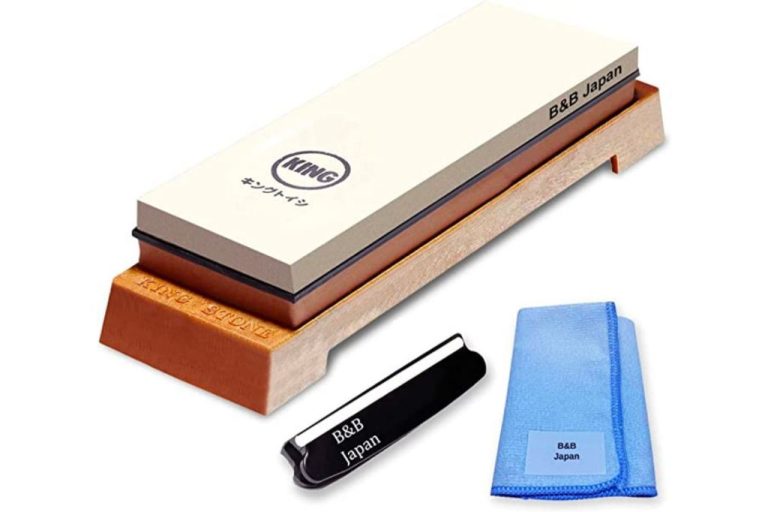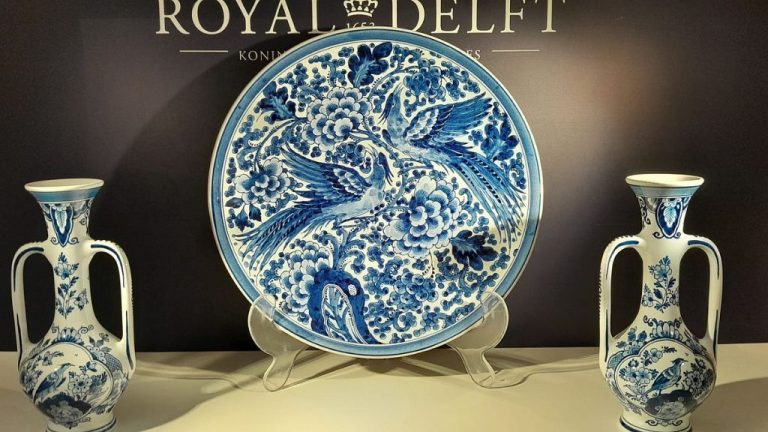Do You Put Water In A Bud Vase?
A bud vase is a small, narrow vase designed to hold a single flower or a small floral arrangement (Collins Dictionary). The purpose of a bud vase is to elegantly display one or two blooms, usually a single rosebud or other fresh-cut flower (Your Dictionary). Bud vases allow the beauty of individual blooms to shine.
This article will explore the use of water in bud vases in order to help you properly care for your flowers. Proper water usage can extend the life of your blooms.
Benefits of Using Water

Putting water in a bud vase provides several key benefits for cut flowers. Most importantly, it keeps the flowers properly hydrated. Cut flowers continue to take in water after being cut, so having water in the vase allows them to absorb the moisture they need ([1]). Without water, the stems will dry out and the blooms will wilt prematurely.
The water also provides necessary nutrients that prolong the life of cut flowers. Fresh, clean water has trace minerals that the blooms can uptake through their stems ([2]). This nourishment keeps the flowers looking healthy and vibrant.
Finally, the water helps prevent bacterial growth in the stems, which can block the flow of water to the blooms. The water needs to be changed regularly to stop bacteria from accumulating.
Downsides of No Water
One of the main downsides of not using water in a bud vase is that cut flowers will wilt much faster without being hydrated. According to experts on Quora, fresh cut flowers need water to stay alive, so they will wilt and die faster without water in the vase (source). Water allows the stems to uptake nutrients and stay firm. Without water, the flowers become dehydrated and the petals start to droop.
Additionally, cut flower stems will seal off faster when they are not kept in water, shortening their lifespan. The cut stem acts like a drinking straw, drawing up water to nourish the bloom. But once cut, the stems start to seal off. Keeping them in fresh water helps keep the stems open longer so they can continue to uptake water. Without water, the stems seal off much quicker, causing the blooms to wilt.
Alternatives to Plain Water
While plain water is the most common choice for filling bud vases, there are alternatives that can help prolong the life of cut flowers. Some popular options include:
Floral preservatives – These are products specifically designed for cut flowers. They contain ingredients like sugar and acidifiers that provide nutrients and inhibit bacterial growth. Adding a small amount of floral preservative to the water can lengthen the vase life by days. Popular brands include Floralife and Chrysal.
Lemon juice – The acidic pH of lemon juice makes it hostile to bacteria. Just a spoonful or two per quart of water can help cut flowers last longer. Be sure to use real lemon juice rather than bottled juice, which often has added preservatives.
Vodka – As an alcohol, vodka has antibacterial properties when added to flower water. About one tablespoon per quart is sufficient. Be sure the vodka is 80 proof or higher for the best results.
Water Amount and Changing
The standard recommendation is to fill your bud vase halfway or up to three-quarters full with water. This ensures the stems are fully submerged and have access to a sufficient water source. According to Cultivate & Bloom, filling the vase up to about three-quarters of the way is ideal.
You’ll want to change the water every 2-3 days. The water can become dirty or stagnant, which is not good for your flowers. Replenishing with fresh water allows for better water uptake through the stems. As noted by The Bouqs Co., water should be changed at least every two days for best results.
Water Temperature
The water you put in your bud vase should be room temperature or lukewarm. According to Bouqs, tap water around 50-60°F works well for most flowers. Very cold water can shock and damage delicate blooms. Likewise, hot water promotes bacterial growth which can block stems and shorten flower life. Room temperature water between 60-80°F is ideal for properly hydrating flowers and keeping them looking their best.
Chrysal, a leading flower care company, also recommends lukewarm water for cut flowers. They note that cold or icy water can initially be used to revive wilted blooms, but the temperature shock is only temporary. For long-term care, room temperature water provides the right balance to maximize vase life.
Cleaning the Vase
Cleaning your bud vases regularly is important both for the health of the flowers and the appearance of the vase. Dirty vases can harbor bacteria that cause flowers to die sooner and can appear unsightly as mineral deposits and algae build up over time. Here are some tips for keeping your bud vases sparkling clean.
The most important cleaning task is changing the water frequently. Water causes stems to rot when left for too long. Change the water every 2-3 days, or even daily in hot weather. Dump out old water and rinse the vase thoroughly before refilling.
For a deeper clean, wash the vase with mild dish soap and water. Use a bottle brush or pipe cleaner to scrub inside narrow necks. Rinse thoroughly after washing. Refill with fresh water and flower food prior to arranging your flowers. See (https://bouqs.com/blog/six-ways-to-clean-a-vase-the-right-way/) for more tips.
Regular cleaning keeps your bud vases looking beautiful and helps maximize the life of your floral arrangements.
Floral Arrangement Tips
When arranging flowers in a bud vase, there are some key tips to follow for the best results:
First, it’s important to cut the stems at an angle with a sharp knife or floral cutter before putting them in water. This allows more surface area for the stems to absorb water (Waldenfloralla.com). Cutting the stems on an angle also helps them last longer.
Next, you’ll want to remove any leaves that will sit below the water line in the vase, as leaving them on can promote bacterial growth in the water (Waldenfloralla.com). It’s best to strip the stems of all leaves that will be submerged.
When selecting flowers, opt for those with short, straight stems like roses, tulips, daffodils or lilies which work well in the small opening of a bud vase. Large, heavy flowers don’t fare as well. Focus on just 1-3 stems for the right scale (Waldenfloralla.com).
Common Problems
Some issues that can occur with bud vases include:
Cloudy Water
Over time, the water in a bud vase can become cloudy and murky. This is often caused by bacteria growth, especially in stale water. To prevent cloudiness, change the water daily and clean the vase thoroughly with hot water and mild soap. Scrub the inside well to remove any film or residue where bacteria can accumulate. Avoid using tap water, as minerals and impurities can also cause cloudiness.
Slime Growth
Excessive bacterial growth in old water can cause a slimy film to develop inside the vase. This slippery residue provides an ideal environment for further bacterial growth. Regularly changing and refreshing the water is key to preventing slime. Clean the vase fully each time to eliminate any remaining traces. Using filtered or distilled water rather than tap water can also help inhibit slime growth.
Foul Smells
Stagnant water will start to give off unpleasant odors over time. The decaying plant matter and bacterial growth causes foul sulfurous smells. Never allow water to sit for more than a couple days. Swap it out for clean water and wash the vase thoroughly to get rid of any residues. Avoid adding food materials to the water, as this accelerates rotting. Cut stems frequently to remove dying foliage.
Conclusion
In summary, using water in your bud vase keeps flowers fresh and extends their lifespan. Water provides hydration to the stems, allowing the flowers to continue pulling up nutrients. Without water, cut flowers will wilt and die prematurely. While plain, room temperature water is best, alternatives like floral preservatives or chilled water can help in certain situations. Proper water level management, flower preparation, and vase cleaning are also key. Following best practices when arranging your bud vase flowers will keep them beautiful longer.
The key takeaway is that water is essential for cut flower longevity. Keeping proper water in the vase hydrates the stems and gives your floral arrangement the best chance to thrive. When in doubt, add plain water and change it frequently to maximize the vase life of your flowers.



